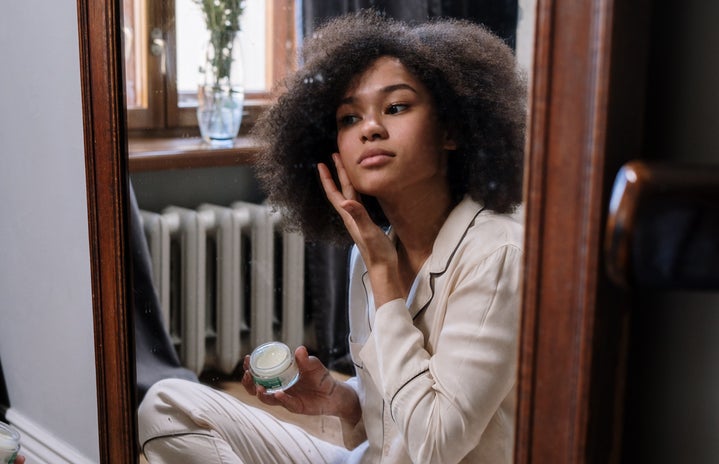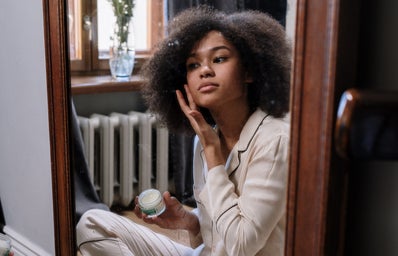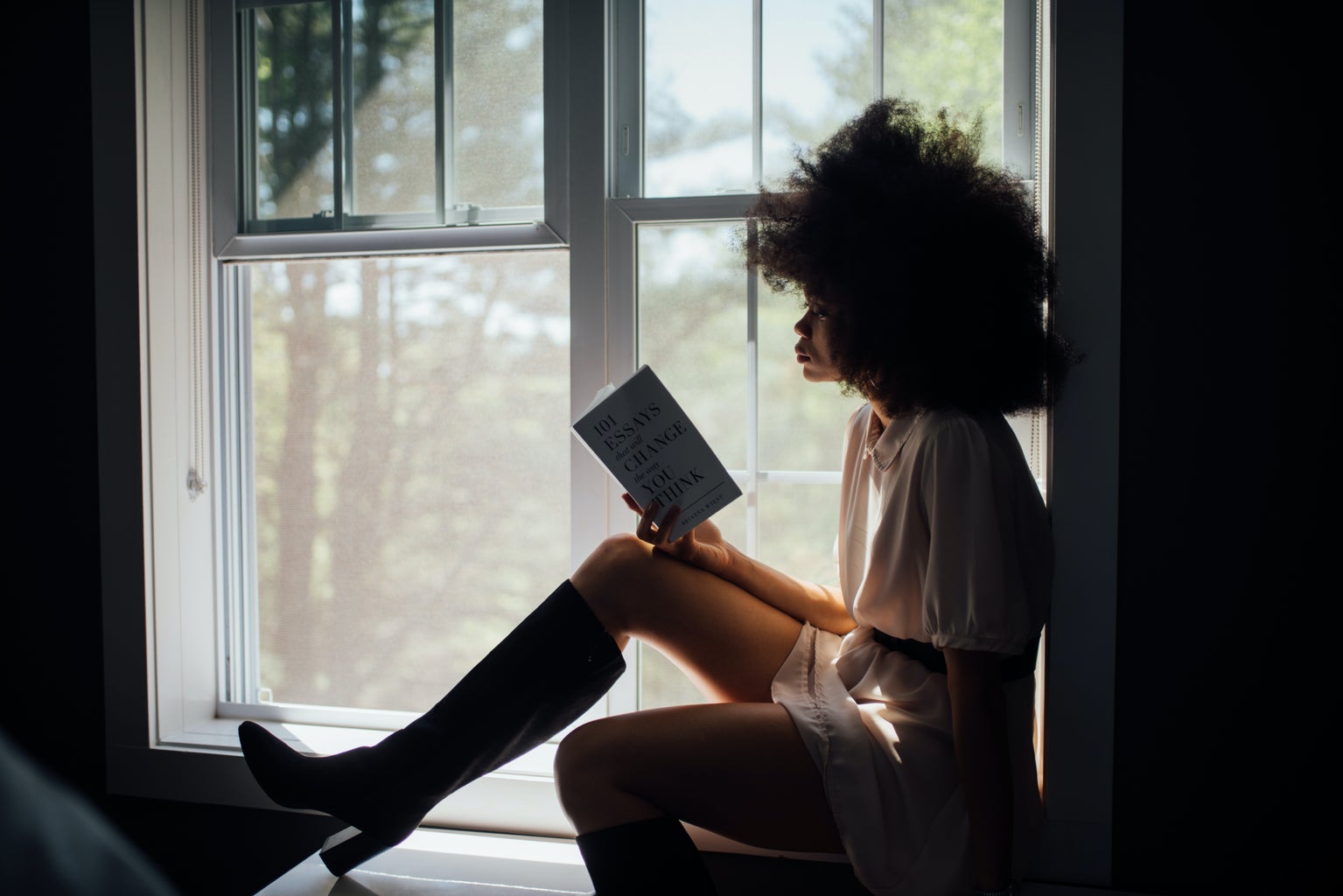As a kid, I remember plopping myself down in front of the television as my mom placed a DVD in the disk tray. It was often “Cinderella,” the movie I fell in love with the second the storybook fell open during the opening sequence. Movies like “Cinderella” and “The Little Mermaid” were perfect to me back then. However, as I got older, I noticed that the good characters had a particular look about them, as did the bad ones. As a college student, I recognize that this association of specific characteristics with the concepts of good and bad contributes to today’s beauty standards. Our exposure to the beauty standard as youth can affect us in many ways, but I will be focusing on how it affects the way we interpret body image, race, and ethnicity.
Although the beauty standard fluctuates across decades, it has overwhelmingly attributed thinness to beauty. Characters in children’s media, like Disney movies, feature almost exclusively thin leading protagonists, each of them being regarded as attractive. The absence of mid or plus-size leading protagonists in these movies inadvertently leads anyone who isn’t small to be considered less ‘good’ or less beautiful than others. Not to mention, the villains in these movies were either bigger, had features that weren’t eurocentric, or both. Seeing as villains like Ursula and the Queen of Hearts weren’t meant to be liked, we unknowingly connect their features to negative ones, which can change our perception of reality.
Along with inadvertent examples, there are also obvious ones. In coming-of-age movies like “Mean Girls,” the worst thing that could happen to a teenage girl like Regina George was getting fat. Regina wasn’t the film’s protagonist, but this framed being larger as a bad thing and could’ve caused young girls to internalize it. Although it’s not always this blatant, simply not having all body types represented as ‘good’ can push the idea that being less thin is a bad thing.
Another way that movies and TV introduced us to which attributes were considered positive and negative was the heroes being closer to the eurocentric standards of beauty. Most heroes in children’s media up until recently have been white or whitewashed. Although there are examples of non-white protagonists (e.g., Tiana, Pocahontas, Mulan, etc.), they are few and far between compared to the majority of protagonists. Like body image, not seeing your race or ethnicity represented in the media you consume can cause a negative relationship between yourself and the characters depicted. You begin to identify with and look up to the available characters, yet you can’t fully see yourself in any of them. In my experience, this caused me to unknowingly start disliking features about myself that weren’t represented by my favorite characters. No one that looked like me was being represented positively, so I would think of myself negatively.
These often unintentional connections to good and bad can have harmful, lasting effects. Specific attributes being negatively coded can influence how we see ourselves and others as we get older. This isn’t to say that the movies we grew up with aren’t valuable; criticizing them doesn’t take away their value or impact. They teach us invaluable lessons, make us laugh, bring us comfort, and become essential parts of our lives. Rather than focusing on the negative, we can use these patterns to understand society and how our culture operates so we can be ready for the future.





